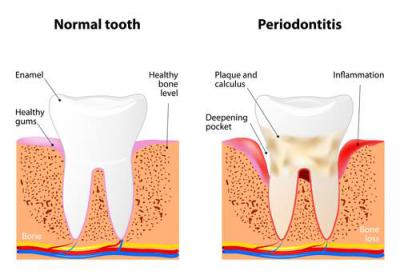- Call Us Now: +855 12 889 112 / +855 11 978 777
- E-Mail: [email protected]
Inlays & Onlays

Inlays and onlays can be made of porcelain, gold, or composite resin. These pieces are bonded to the damaged area of the tooth. An inlay, which is similar to a filling, is used inside the cusp tips of the tooth. An onlay is a more substantial reconstruction, similar to the inlay but extending out over one or more of the cusps of the tooth.
Traditionally, gold has been the material of choice for inlays and onlays. In recent years, however, porcelain has become increasingly popular due to its strength and color, which can potentially match the natural color of your teeth.
When more than half of the tooth’s biting surface is damaged, a dentist will often use an inlay or onlay.
Considerations for inlays and onlays
Traditional fillings can reduce the strength of a natural tooth by up to 50 percent. As an alternative, inlays and onlays, which are bonded directly onto the tooth using special high-strength resins, can actually increase the strength of a tooth by up to 75 percent. As a result, they can last from 10 to 30 years. In some cases, where the damage to the tooth is not extensive enough to merit an entire crown, onlays can provide a very good alternative.



